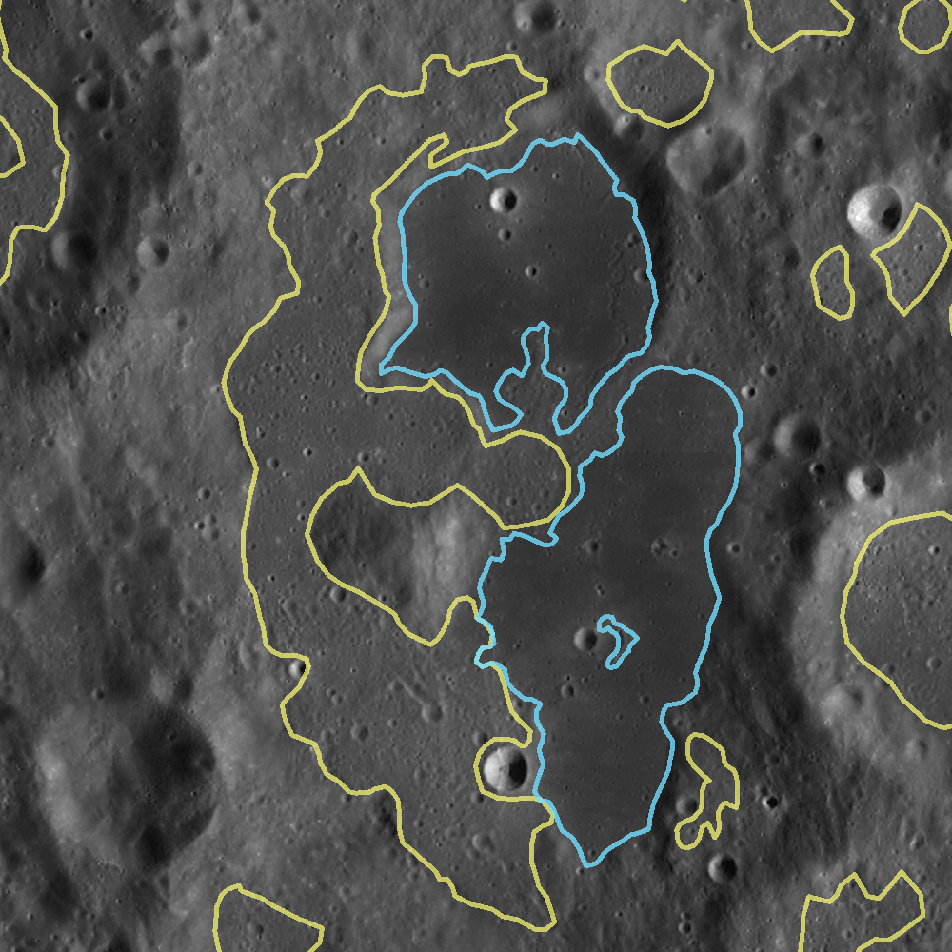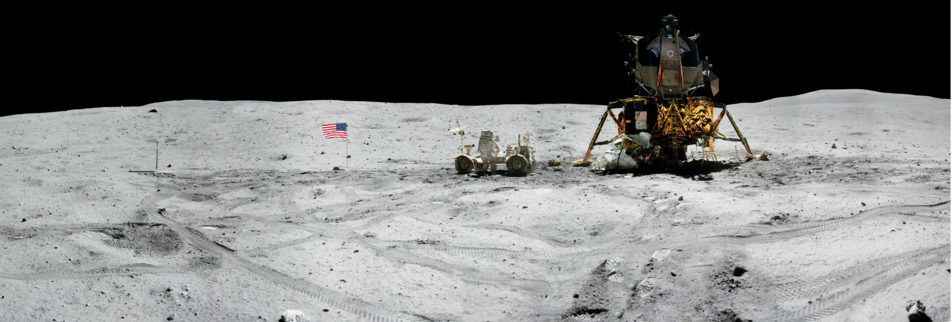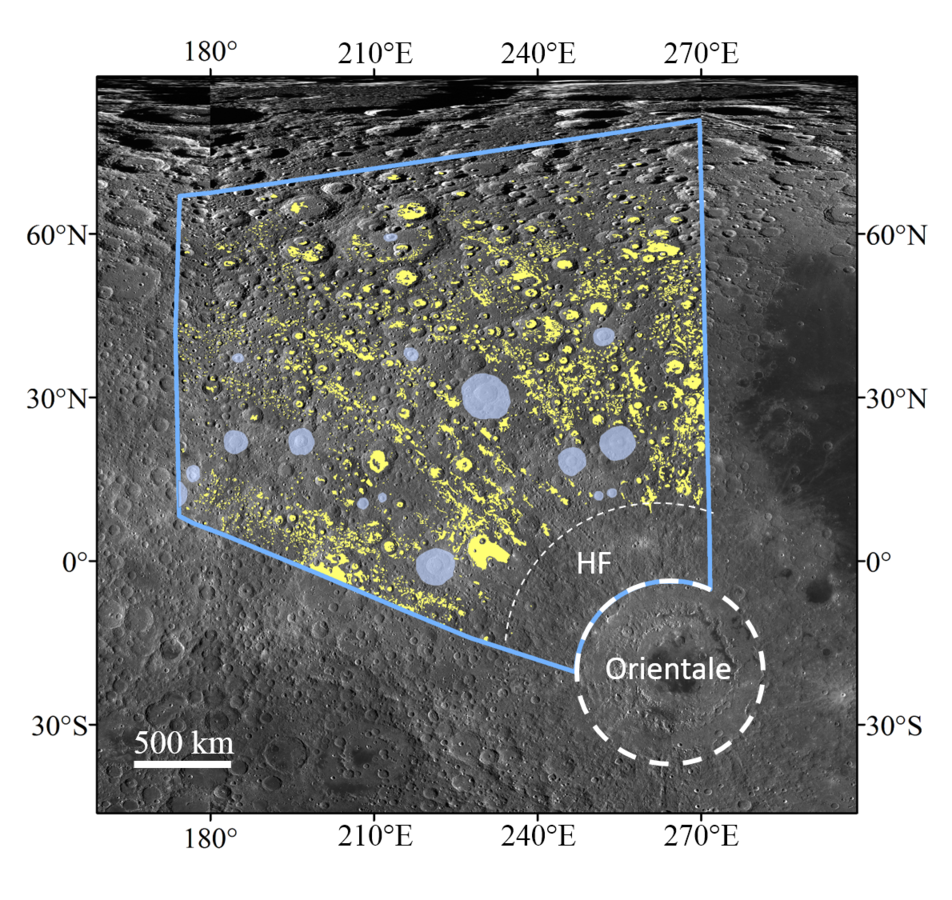
When the Apollo 16 astronauts landed on the Moon on 21 April 1972, they thought they would be stepping out onto a new kind of smooth, volcanic terrain called “light plains”. Upon landing, however, they found that the smooth light plains were in fact mainly ejecta from the giant Imbrium basin impact event. What a surprise for the astronauts and lunar scientists!
The samples returned from the Apollo 16 landing site led to a reinterpretation of the light plains across the Moon as impact products rather than volcanic in origin. This reinterpretation also raised many new science questions. For example, are all light plains impact-related? If so, what does that mean for the extent of surface modification due to large impacts? Could some light plains still be volcanic? A newly published paper in the Lunar Reconnaissance Orbiter special issue of Icarus begins to address these questions and more by studying the region around Orientale, the best-preserved large basins on the Moon.

By mapping the light plains within a large study area located near Orientale (see figure below), LROC scientists were able to look at the distribution, morphology, composition, and ages of light plains with respect to the basin in order to determine their origin.

This new map shows that the areal abundance of light plains increases dramatically just outside the continuous ejecta of Orientale, peaks at around 1,400 km from the rim, and then decreases rapidly with distance. This distribution is consistent with the expected distribution of ejecta, suggesting that the light plains within the study area formed as ejecta from Orientale.
This study also found that the composition of the mapped light plains is indistinguishable from surrounding terrain, consistent with material derived from the highlands as expected for an impact rather than volcanic origin. To estimate the age of light plains, members of the LROC team measured the numbers and sizes of impact craters located within the deposits and used the crater size-frequency distributions to compare individual light plains deposits with the continuous ejecta of Orientale. The light plains and continuous ejecta have similar crater densities, suggesting that they are of the same age and share a common origin as Orientale ejecta.
Taken together, the various lines of evidence in this new work make a convincing case that the majority of light plains in this area formed as ejecta from the Orientale basin-forming impact. This means that a single impact can significantly modify the lunar surface within at least 4 basin radii (in the case of Orientale, over 1800 km!) from the rim, much farther than previously thought. Since our understanding of lunar history is tied to the ages of samples (impact breccias) collected from basin deposits, and interpretations of where those samples came from, it is critical that we understand where the surface has been modified by previous large impacts. As such, this work provides much needed context for the interpretation of past and future lunar samples and will improve our understanding of lunar geologic history.
To get the full story on light plains, see the newly-published paper:
Related Posts:
LROC Explores the Apollo 16 Landing Site
Apollo 16, Footsteps Under High Sun
Commissioning Sequence Paves the Way
Published by H. Meyer on 6 May 2016